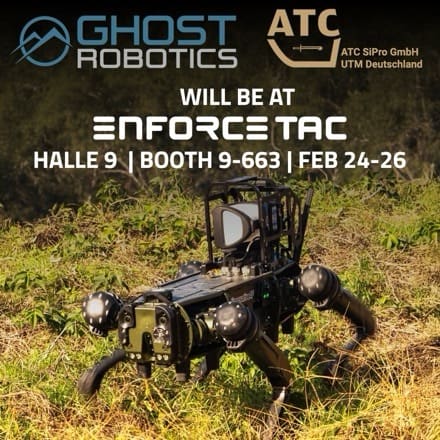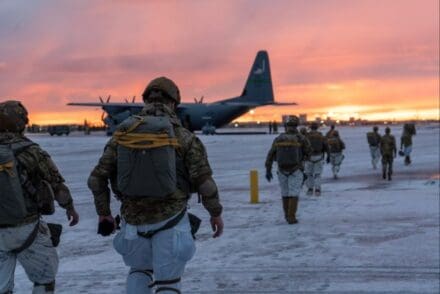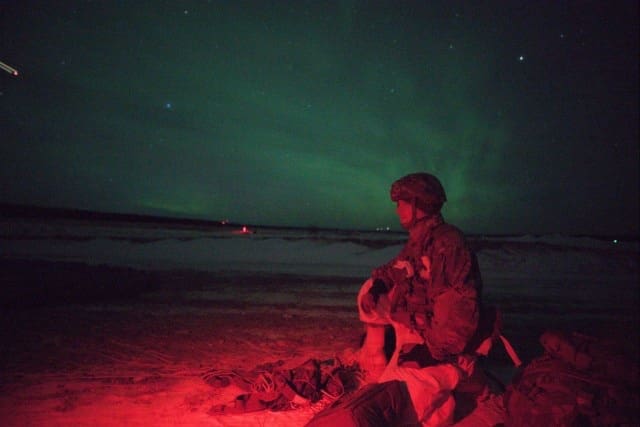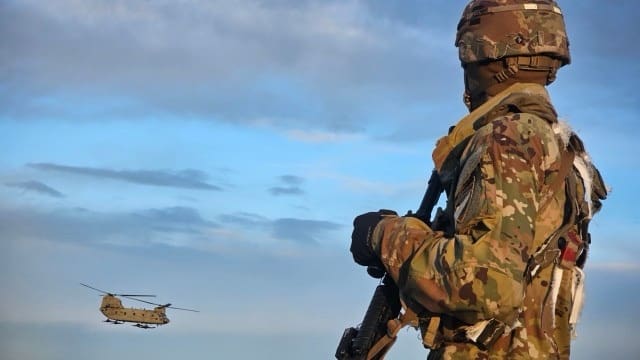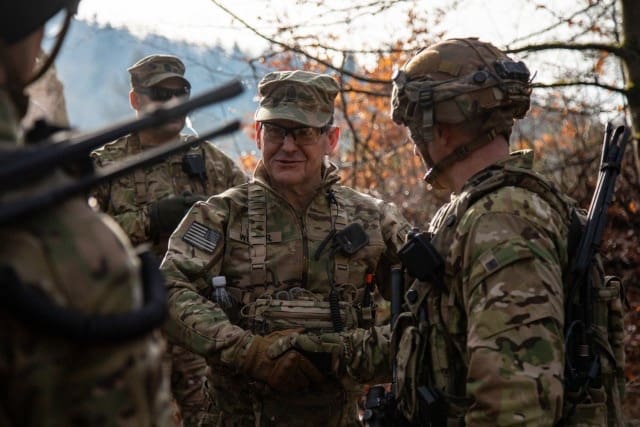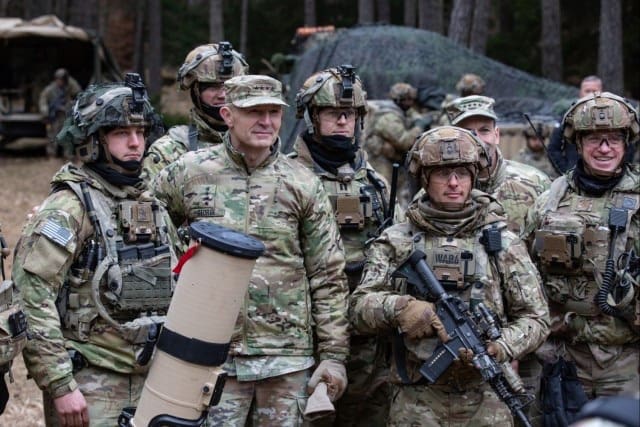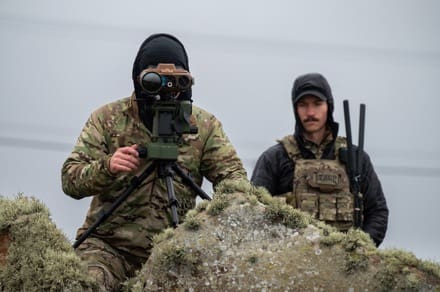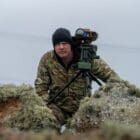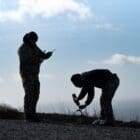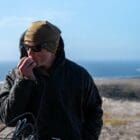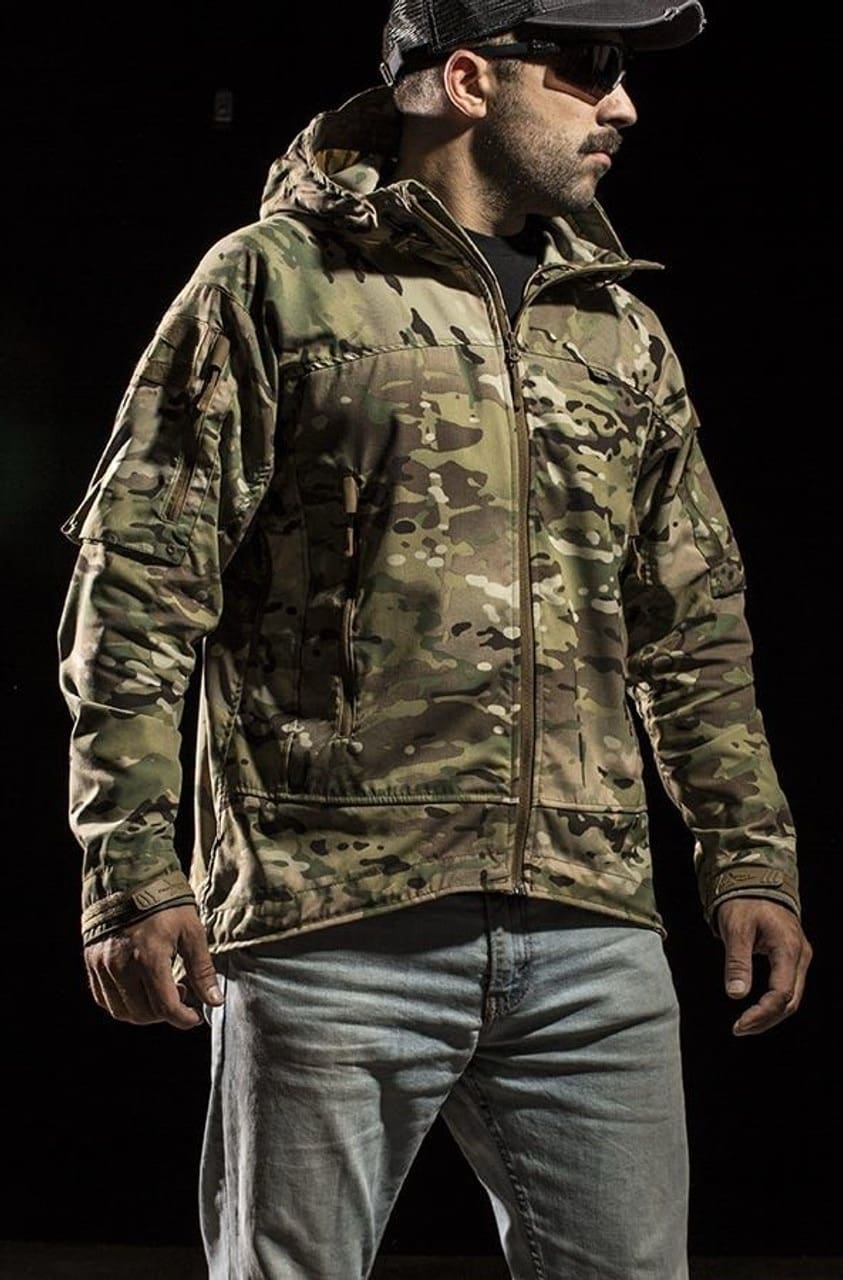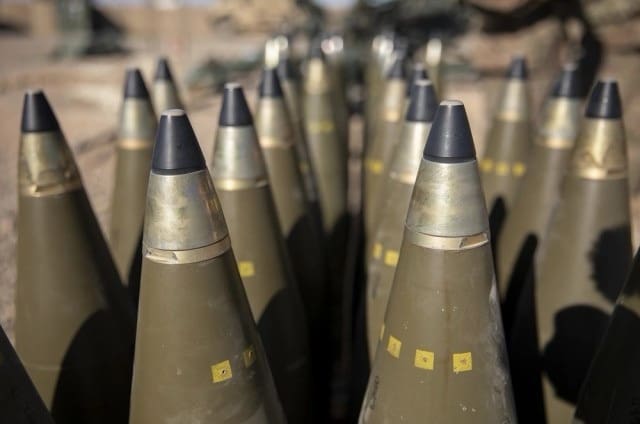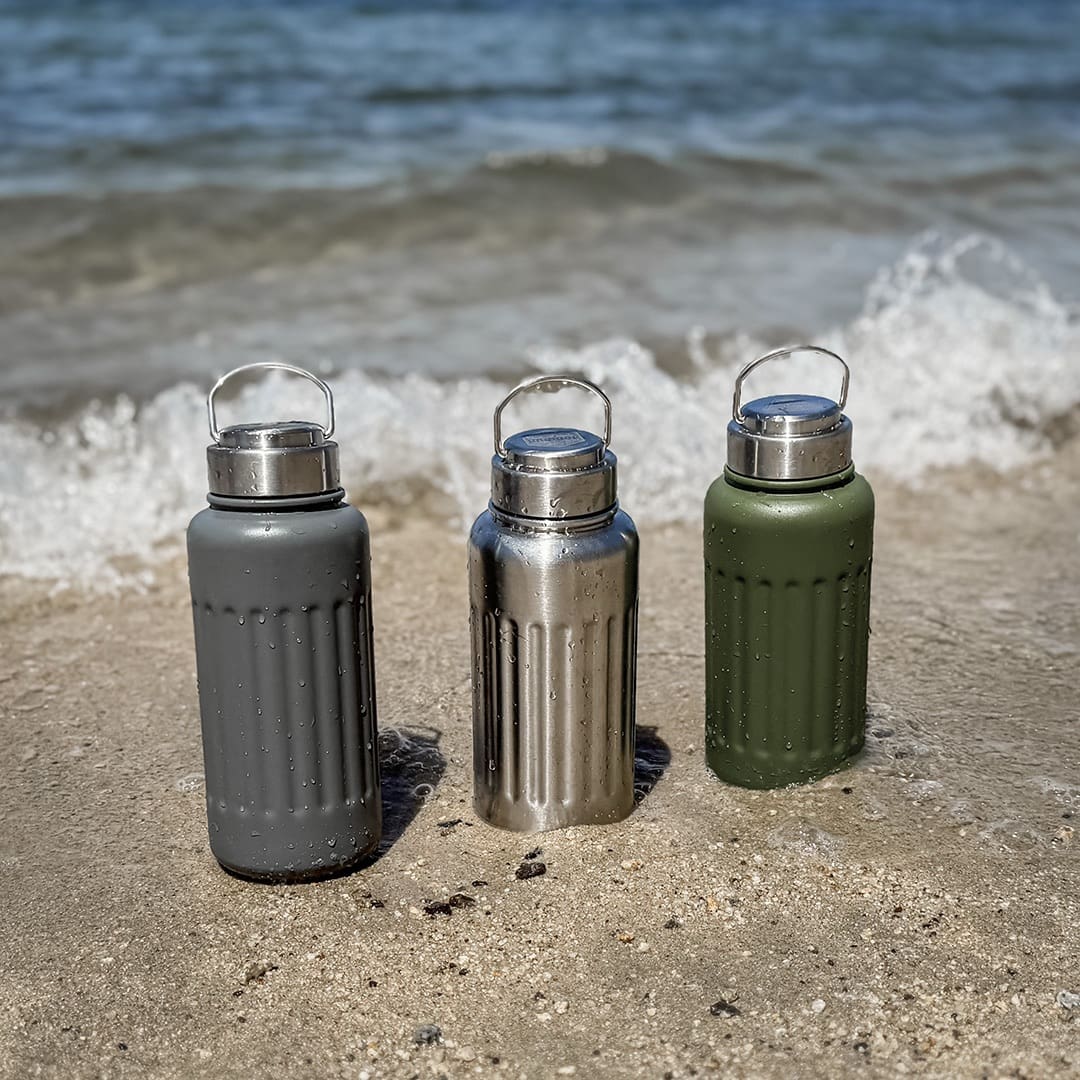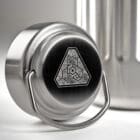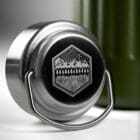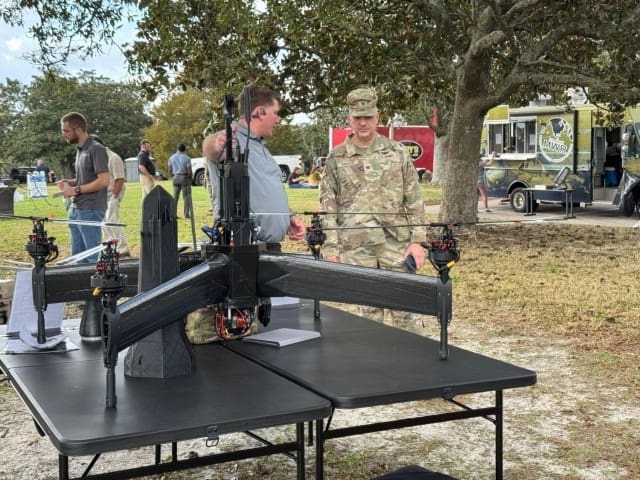
FORT NOVOSEL, Ala. — The U.S. Army Aviation Center of Excellence hosted its Unmanned Aircraft Systems Summit at Fort Novosel, from Feb. 10-13, 2025. The summit brought together subject matter experts and operators from around the world to discuss the future of UAS operations.
The summit, which included representatives from agencies such as Army Futures Command, DARPA, DEVCOM, the Department of Defense and the Army’s various Centers of Excellence, aimed to provide a platform for the sharing of lessons learned and the discussion of strategies to inform requirements moving forward.
Col. Joshua Ruisanchez, director of the U.S. Army Futures Command Aviation Capability Development Integration Directorate, highlighted the importance of air-ground integration as the Army continues to transform. The event provided a venue for discussing strategies and approaches moving forward, informed by current global conflicts and future military engagements. Different agencies working within the UAS space showcased their capabilities, which will inform future requirements.
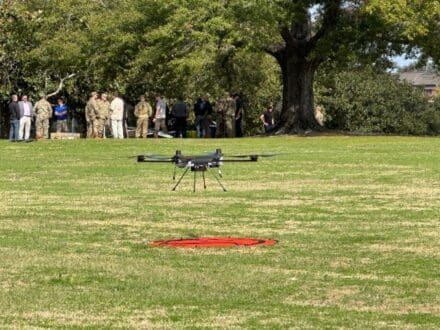
“We’re learning from all the formations that brief this week on how they’re employing UAS, and we’re capturing those lessons learned,” said Col. Scott Shaw, Maneuver Capabilities, Development and Integration Directorate director from the Maneuver Center of Excellence. “We’re also learning from industry about the capabilities that are out there, and how they can help augment our operations.”
The summit included a range of units, including the 101st Airborne Division, the 82nd Airborne Division and the 75th Ranger Regiment, as well as representatives from Special Forces and other agencies.
“This is a great venue to bring in the air-ground integration as we continue to transform the Army,” said Shaw. “We’re seeing what’s happening in Ukraine and what we think the future of UAS operations will look like.”
The summit also included static displays of UAS systems by over 40 industry partners, as well as flight demonstrations.
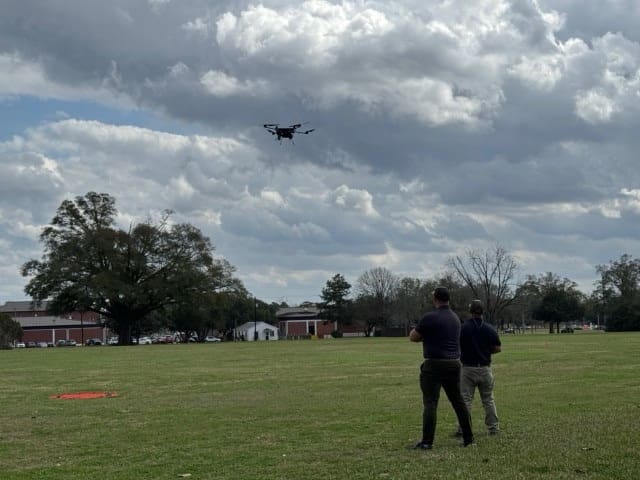
“This is super important for the Army as a whole,” said Tyler Booth, the small UAS lead at Fort Novosel. “We’re bringing units from all over the UAS enterprise, and this event is a huge information-gathering and disseminating event. It’s also a chance for industry partners to showcase their UAS systems and demonstrate their capabilities.”
The event marked the first time that commercial UAS systems had been flown in such large numbers at Fort Novosel and required significant coordination and planning to ensure its success.
“It’s a large administrative task, and a lot goes into working with all these companies to ensure that we meet the requirements to be able to do this,” said Booth. “But it’s really great that we can do this here, and it’s a testament to the Army’s commitment to innovation and the development of new technologies.”
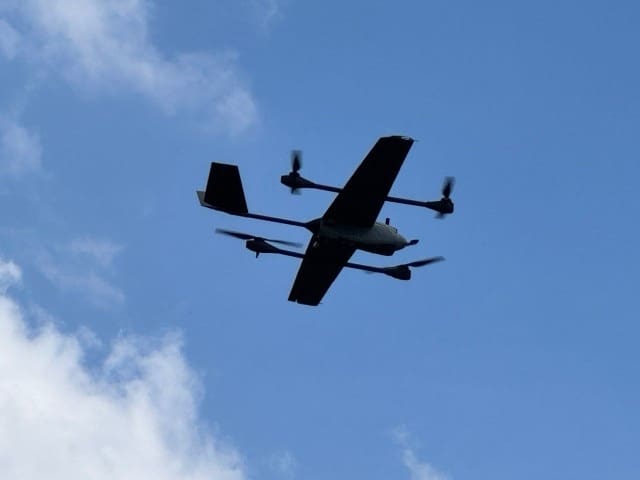
The summit was seen as a key step in the Army’s efforts to develop and integrate UAS systems into its operations, and to provide its warfighters with the capabilities they need to succeed on the battlefield.
“Robots, in and of themselves, are moderately interesting,” said Lt. Col. Michael Brabner, the Maneuver Center of Excellence’s Robotics Requirements Division chief. “But the effects they help commanders achieve, that’s the compelling piece of all this. We’re trying to give our warfighters the most lethal, apex-predator, robotic and autonomous systems that they can have to simply and intuitively employ on the battlefield to achieve the desired effects.”
Brabner explained that the Army must innovate during peacetime to avoid being reactive in combat situations. By partnering with industry, the Aviation Center of Excellence, and focusing on the end user — the maneuver warfighter — this summit allows the Army to capitalize on opportunities to innovate, learn, and form requirements. These efforts ensure that the Army can effectively fight and win large-scale combat operations.
The summit was part of a larger effort by the Army to develop and integrate UAS systems into its operations, and to provide its warfighters with the capabilities they need to succeed on the battlefield. As the Army continues to transform and adapt to new technologies and threats, events like the UAS Summit will play a critical role in shaping its future.
By Leslie Herlick, Fort Novosel Public Affairs Office


